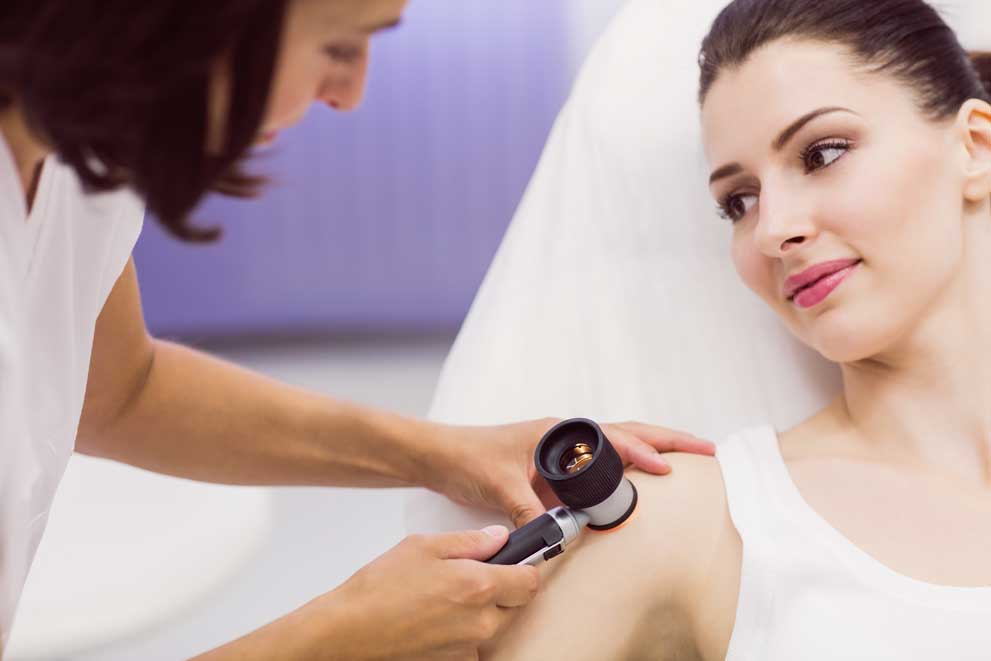Calcific Tendonitis is a form of tendonitis often affecting the rotator cuff (shoulder). It can also occur in the patella (knee) or Achilles (heel). This happens when the body deposits calcium phosphate, usually in the supraspinatus tendon. This causes pain, reduced range of motion and reduced muscle strength. There is no clear cause to why this happens, although it can be related to repetitive activities.
What are the Symptoms of Calcific Tendonitis?
In the shoulder, Calcific tendonitis will often present as shoulder stiffness. It will be difficult and painful to lift your arm above shoulder height. There will sometimes be a partial or full tear in the rotator cuff muscle. Pain will often affect sleep. In the heel or knee, explosive movements such as running or jumping will occur with Achilles tendonitis or Patellar tendonitis.
Calcific Tendonitis can be diagnosed by x-ray, ultrasound or MRI which will show the Calcific build up in the joint.
What is the treatment for Calcific Tendonitis of the shoulder?
Calcific Tendonitis can usually be managed without surgery. Once confirmed with imaging, it is important to have an exam with a physiotherapist or chiropractor. They will examine your range of motion and strength, then develop a treatment plan. Non-surgical treatments for Calcific tendonitis include anti-inflammatories, physiotherapy and shockwave therapy.
What is Shockwave Therapy?
Shockwave therapy is a type of treatment that breaks up deposits of calcium in the joint through the delivery of sound waves. The body can then re-absorb these smaller pieces of calcium build up. The therapist will use the shockwave probe to deliver the waves to the site of calcium deposits. Although it can be uncomfortable shockwave therapy does not need to be painful.
How long does it take to work?
Clinical trials have demonstrated significant improvement in a 3-6 treatment protocol with a success rate of 75-81%. Results include increased range of motion, decreased pain and breakdown of calcium deposit. Shockwave therapy has a high success rate with low risk of complications.
How much does Shockwave Therapy cost?
At Kinetic Edge, we offer the best shockwave technology with the Storz MP 200 Extracorporeal shockwave therapy machine. After the initial assessment with one of our physiotherapists or chiropractors, each shockwave session costs $64-75. Shockwave physiotherapy is a great alternative to surgery. Our experienced physiotherapists or chiropractors will apply the treatment each time. They will also advise on exercise and mobility programming. Shockwave therapy can also be used to treat back pain, plantar fasciitis, bunions, heel spurs, neck pain and tennis elbow. To book an appointment for shockwave physiotherapy, call us at 613-680-7966 or book online on our website. We offer direct billing to most major insurance companies.

